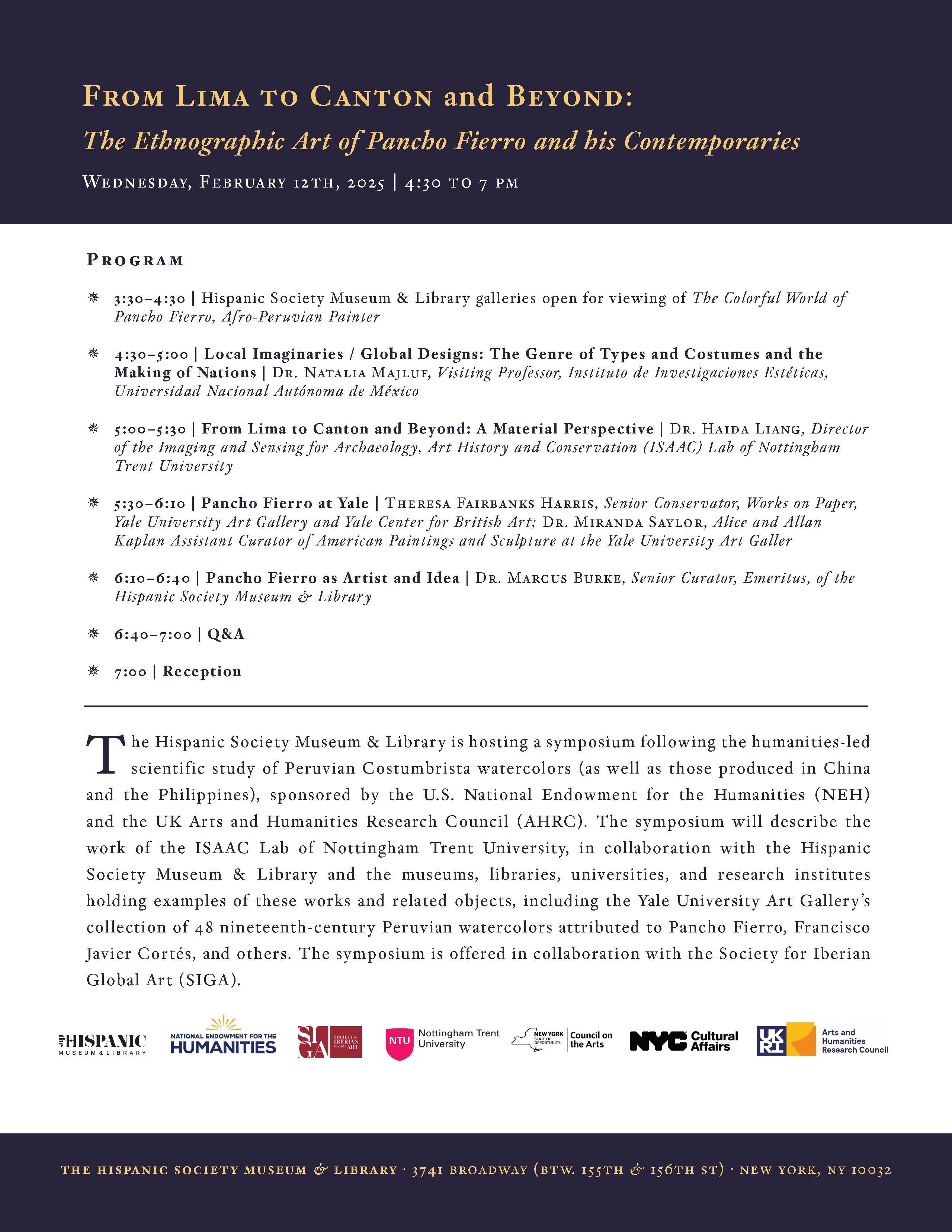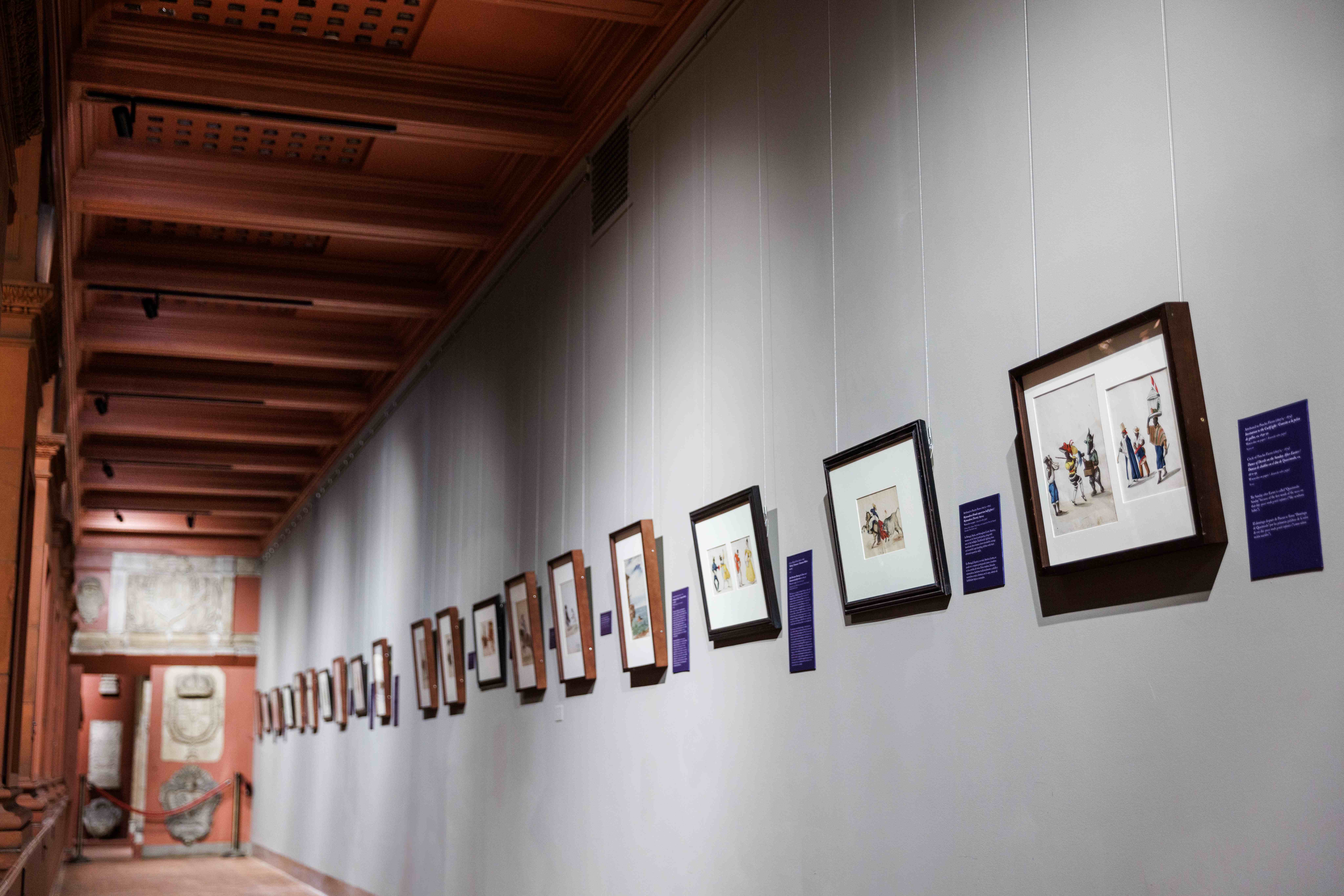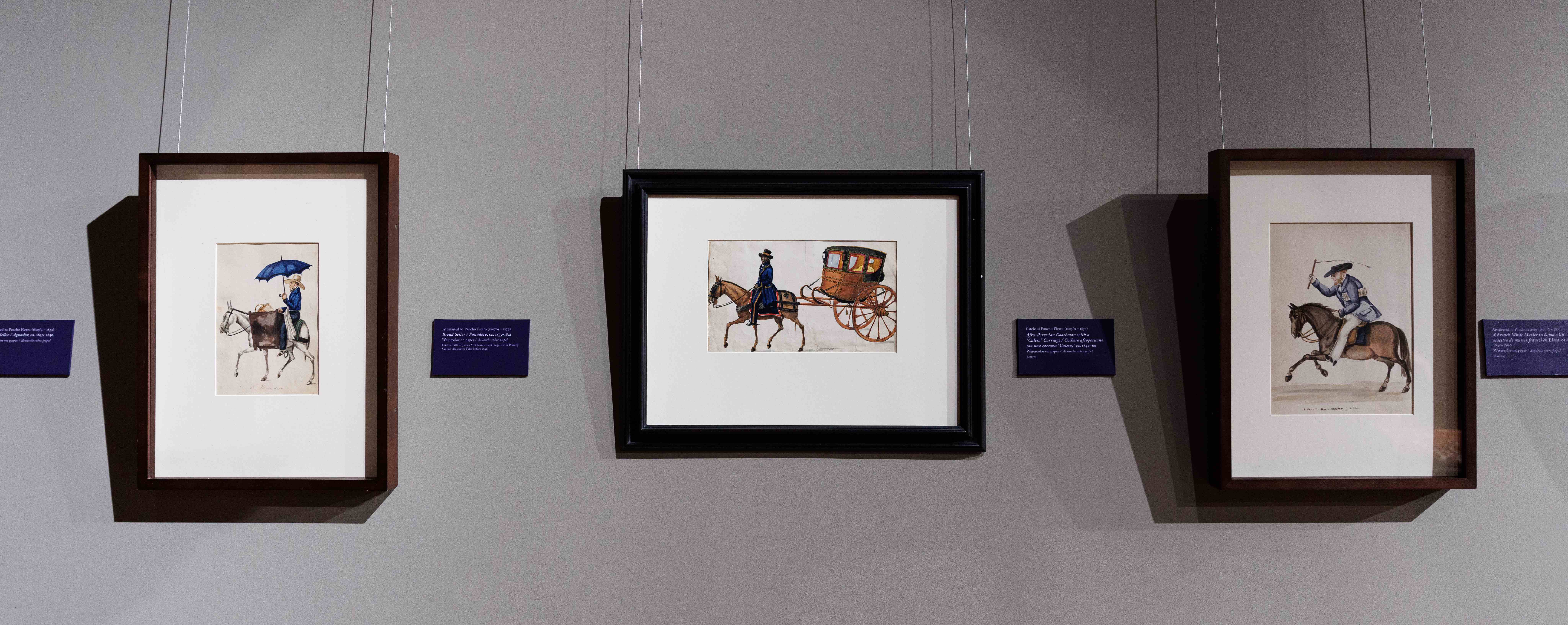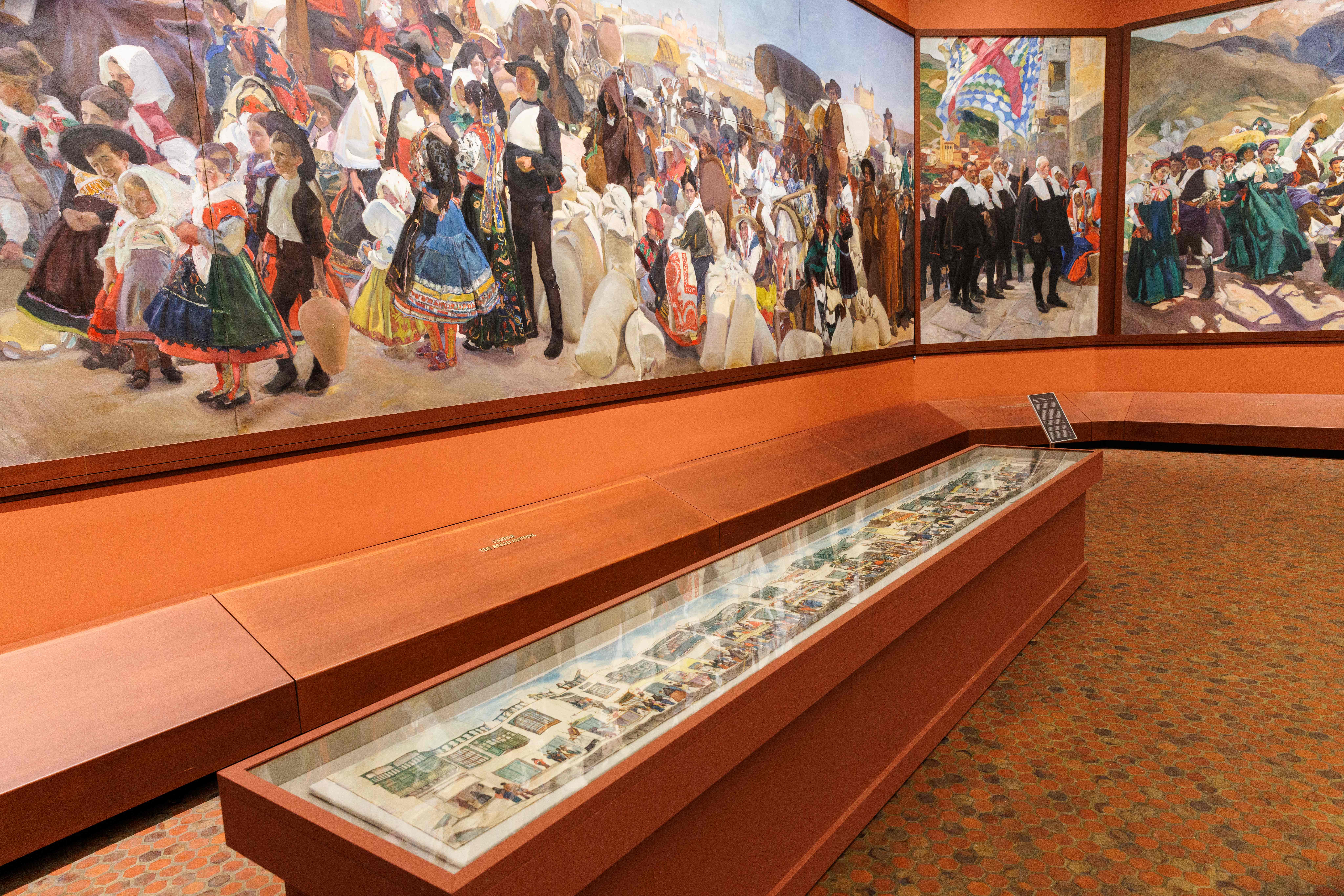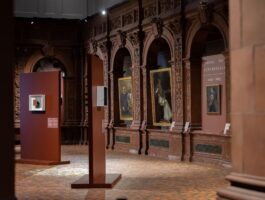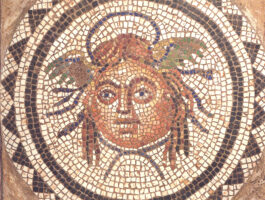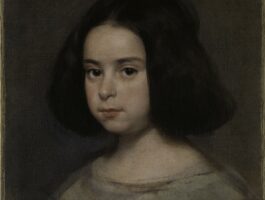Gallery 1, January 23, 2025 – April 20, 2025
Curator: Marcus Burke, Senior curator emeritus at the HSM&L
Women known as tapadas who wore a distinctive veil revealing only one eye, a French music teacher on horseback, and a man selling pastries from a basket perched on his head are among the figures that parade through the streets of Lima in the vibrant paintings of Pancho Fierro (1807/9 – 1879). From the 1820s through the 1850s, Fierro recorded the people and events of his native Peru in bright watercolors that brought the culture of the newly independent nation to life for collectors across the Americas and as far away as Europe and Asia. Drawing from the Hispanic Society’s collection of over 500 works by Fierro and his school, the largest such collection in existence, The Colorful World of Pancho Fierro, Afro-Peruvian Painter invites viewers to experience the racially, ethnically, and economically diverse life of nineteenth-century Lima. On view will be Fierro’s rarely-exhibited scroll depicting Lima’s Holy Week procession. At 15 ½ feet long, the scroll presents a proto-cinematic view of one of the city’s most exuberant cultural events. As an Afro-Hispanic artist, Fierro not only imbued his figures with a subtle humanity that transcended the cultural stereotypes prevalent at the time, but he also forged a successful career that exemplifies the emerging economic opportunities available to people of all racial and ethnic backgrounds in post-Independence Peru. The exhibition features works recently analyzed by scientists from Nottingham Trent University in the UK as part of an international study jointly sponsored by the British Arts and Humanities Research Council and the United States National Endowment for the Humanities.
Special thanks to Hubert and Mireille Goldschmidt for their generosity in supporting research on the watercolors of Pancho Fierro which led to this exhibition. This exhibition and the private exhibition opening are made possible by generous support from the Consulate General of Peru in New York and from The Raul C. Castells Valle Foundation.
Check out our virtual exhibition on the work of Pancho Fierro here.
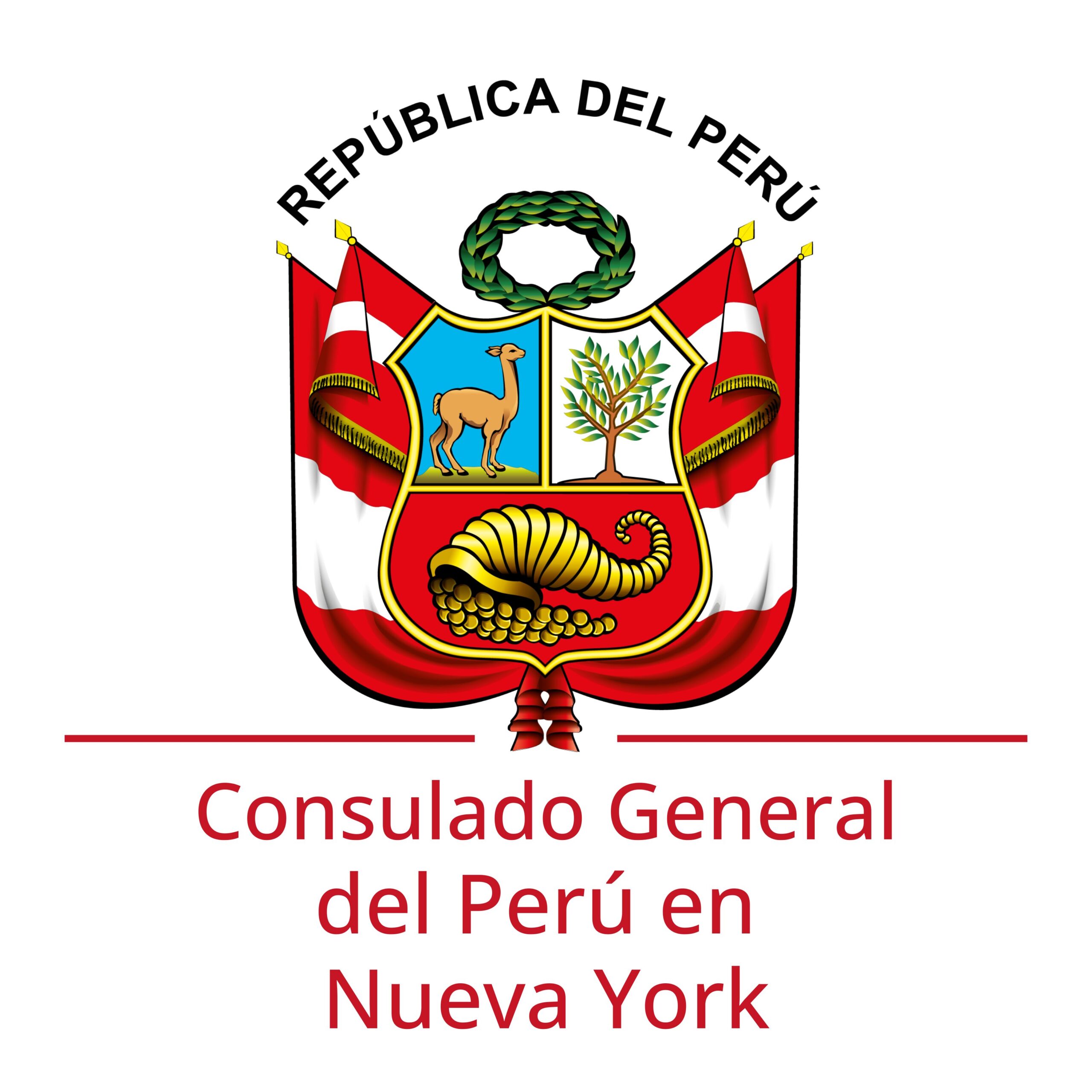

Learn More:
Special Programs:
Curator Talk on The Colorful World of Pancho Fierro, Afro-Peruvian Painter by Dr. Marcus Burke
Friday, February 7th 2025, 10am
A curator talk with Senior Curator Emeritus Dr. Marcus Burke, who discussed Fierro’s vivid depictions of Peruvian society, highlighting the extraordinary upward social mobility that was possible in 19th century Lima, as well as the trans-Pacific networks of exchange that carried Fierro’s watercolors across the globe.
From Lima to Canton and Beyond: The Ethnographic Art of Pancho Fierro and his Contemporaries
Wednesday, February 12 2025, 4:30pm
A symposium following the humanities-led scientific study of Peruvian Costumbrista watercolors. The symposium described the work of the ISAAC imaging laboratory of Nottingham Trent University, in collaboration with the Hispanic Society Museum & Library and the museums, libraries, universities, and research institutes holding examples of these works and related objects.
